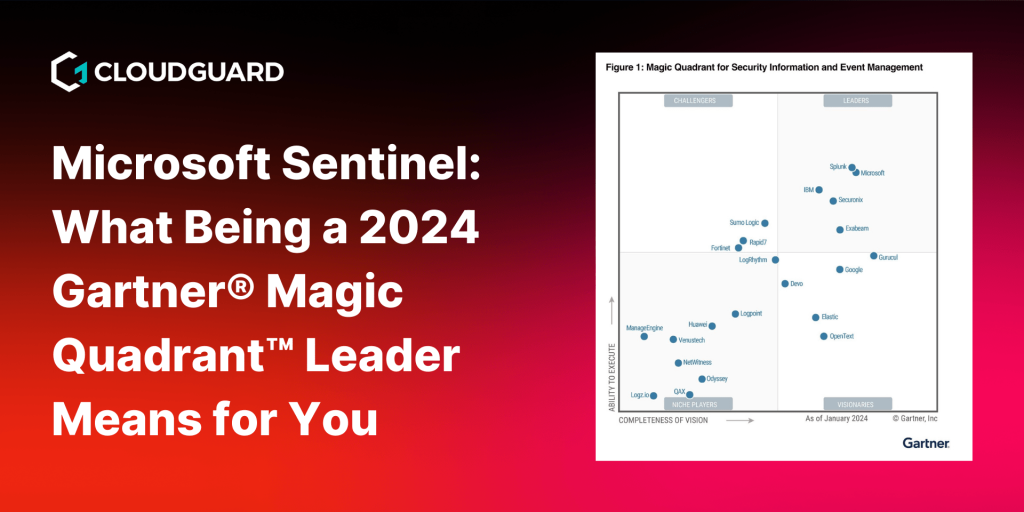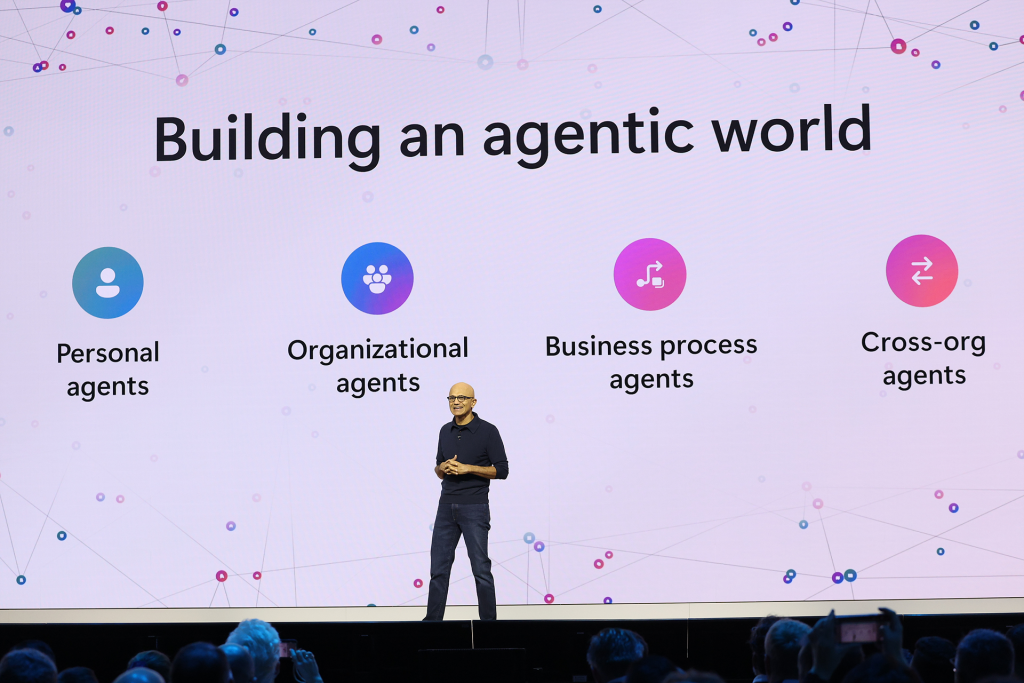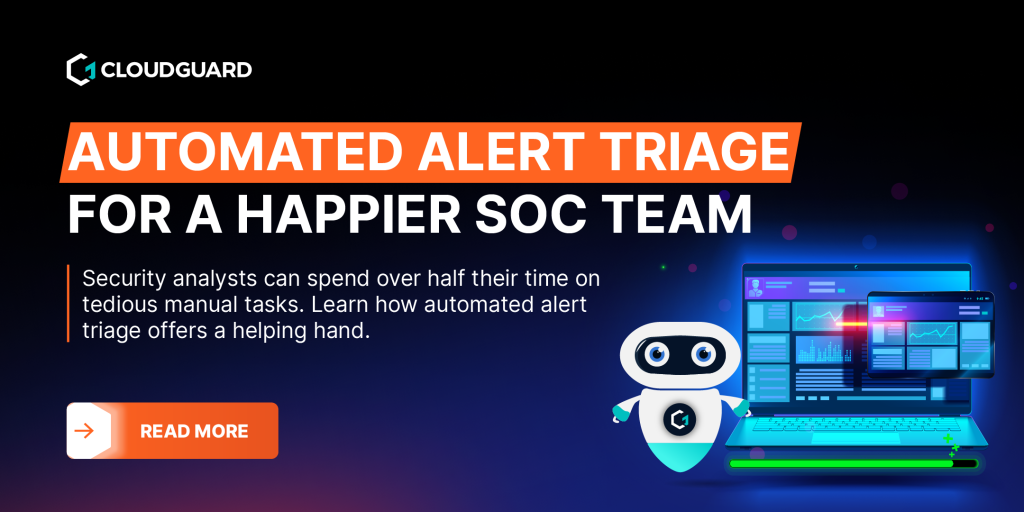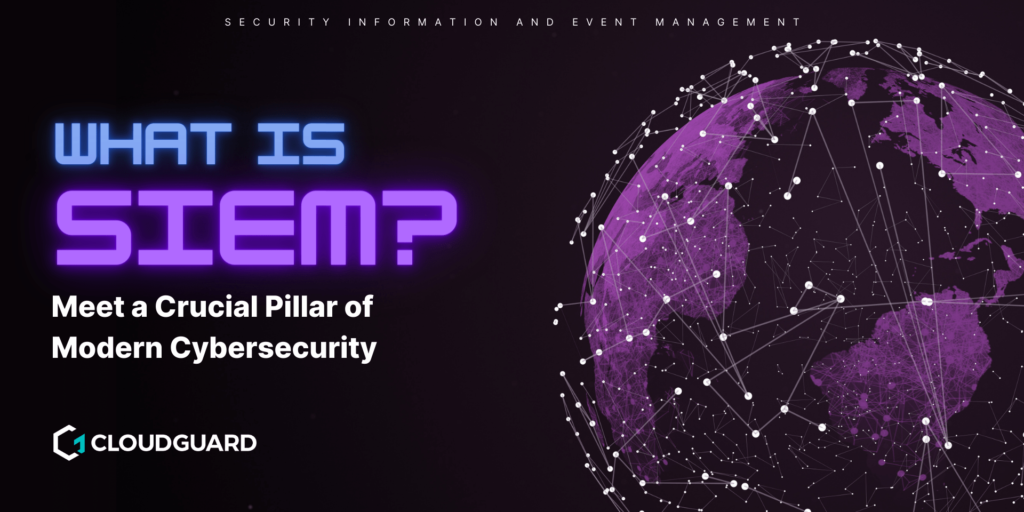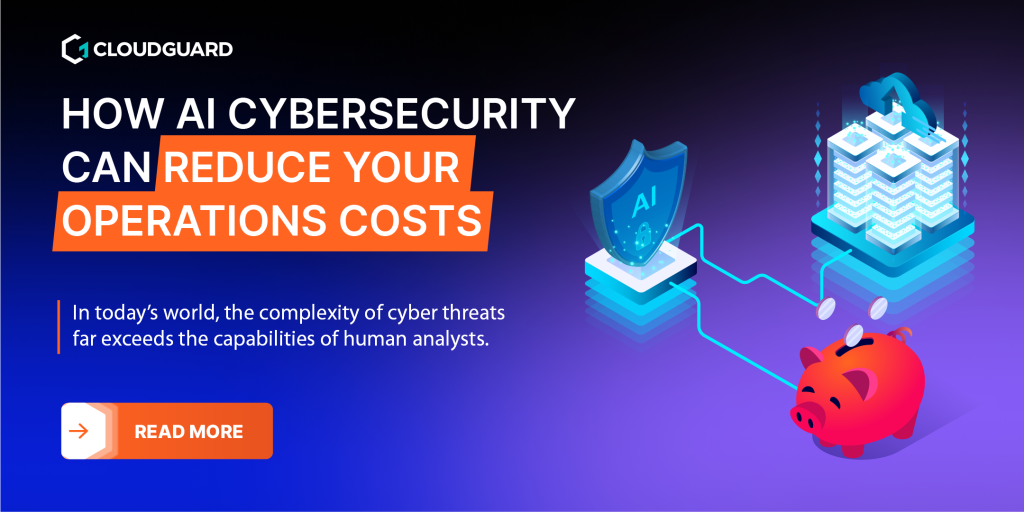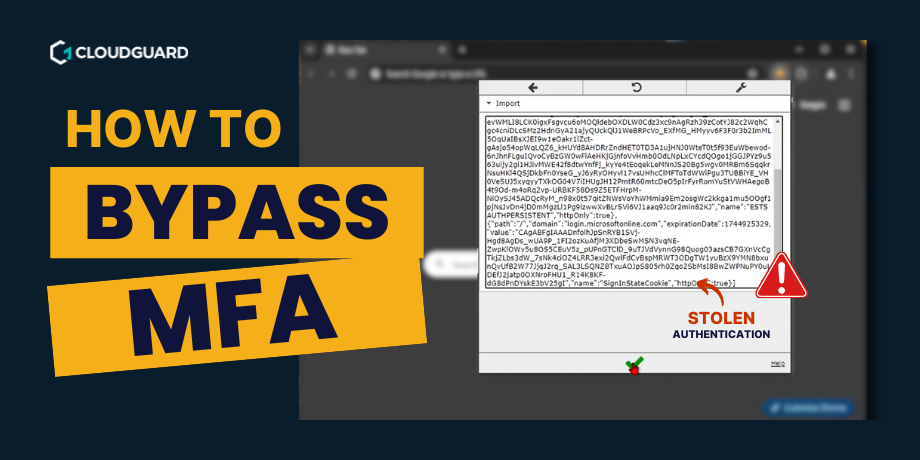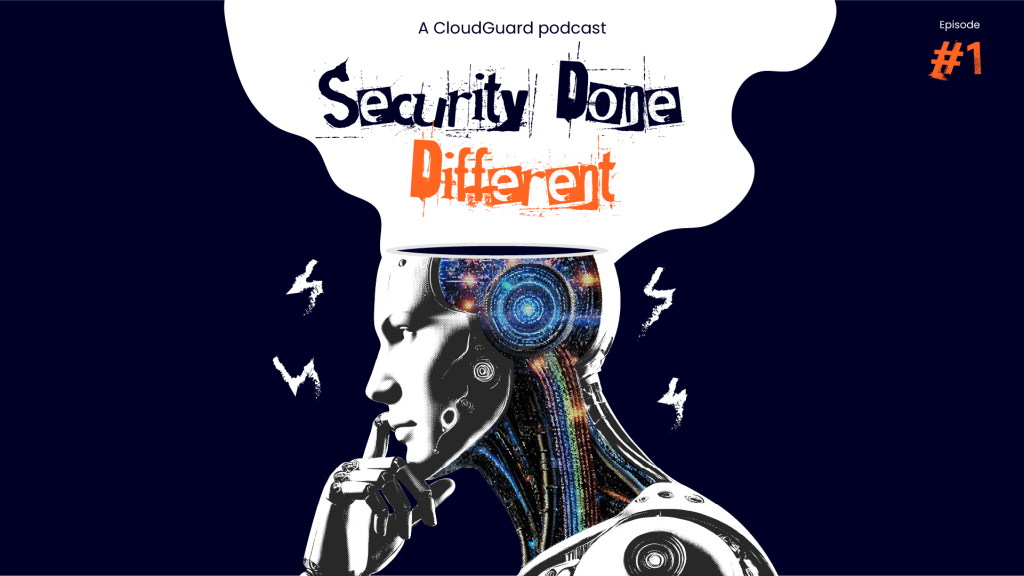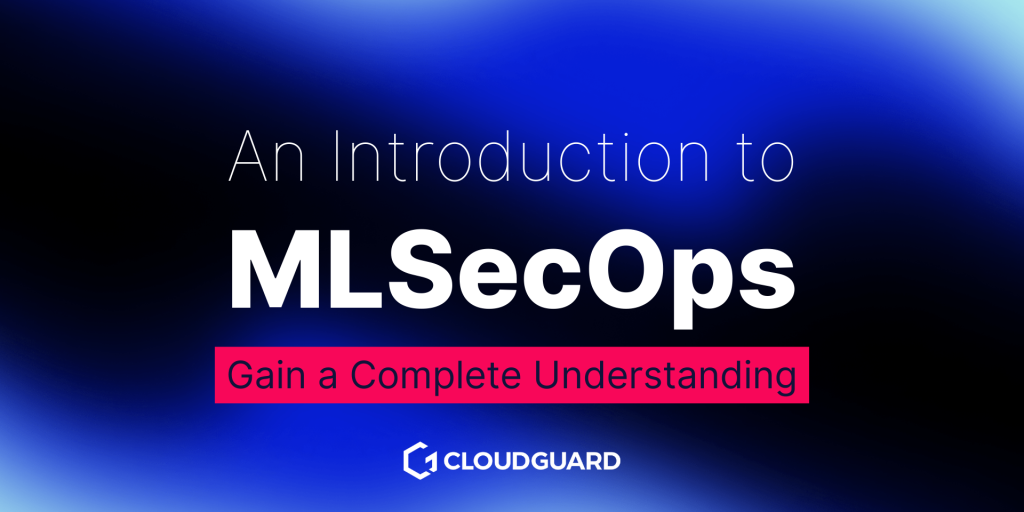Are you ready to step into the world of cybersecurity and explore the battle of the century? In one corner, we have MXDR (Managed Extended Detection and Response), a cutting-edge solution that promises to revolutionise the way we protect our digital landscapes. And in the other corner, we have other formidable contenders like SIEM, SOC, and EDR, each with their unique strengths and capabilities. It’s time to end the confusion and discover which cybersecurity solution will emerge victorious. Grab your ringside seat, and let’s dive into the thrilling showdown. It’s time for MXDR vs traditional cybersecurity solutions.
First things first, what is MXDR?
We’ve already covered this in another post, but MXDR is a cutting-edge cybersecurity service that combines the latest artificial intelligence and automation tech with human expertise. This competitive blend boasts advanced threat detection, fast incident response and proactive threat hunting in order to rapidly improve your security posture. Right, now we’ve covered that off we’re ready to begin the showdown.
Jump to the battle that interests you:
MXDR vs SIEM
SIEM (Security Information and Event Management) and MXDR are both cybersecurity solutions, but they have some key differences.
Micrsoft defines SIEM as “a security solution that helps organisations detect threats before they disrupt business.” SIEM collects and analyses data from various sources, such as network devices, servers, and security tools. It helps businesses like yours identify security events and incidents by correlating and analysing log data. SIEM provides insights into security events, generates alerts, and allows for investigation and reporting. However, it’ll require significant expertise and resources to manage and configure effectively. In fact, over 50% of CEOs and CTOs are looking to replace or augment their existing SIEM solutions. The main driver is the urge to seek faster detection and response times.
That’s where MXDR beats SIEM. By combining advanced AI, automated analysis, and human expertise, MXDR can detect, investigate, and respond to security incidents rapidly. It not only collects and analyses data like SIEM but also actively monitors networks in real-time to identify potential threats. MXDR offers proactive threat detection, incident response, and expert guidance, providing a more holistic approach to cybersecurity.
Unlike SIEM, MXDR is a managed service, meaning that you don’t need to handle the complexities of configuring and maintaining the system yourself. MXDR offloads security responsibilities to a dedicated team of experts, allowing you to focus on your business while having peace of mind regarding your cybersecurity.
What’s the conclusion? SIEM is a technology that helps collect and analyse security event data, while MXDR is a managed cybersecurity service that provides proactive threat detection, incident response, and expert guidance. MXDR offers a more comprehensive and hands-on approach to protecting organisations from cyber threats.
MXDR vs SOAR
SOAR (Security Orchestration, Automation, and Response) and MXDR are both cybersecurity solutions, but they have distinct differences.
According to Gartner, “SOAR tools allow an organisation to define incident analysis and response procedures in a digital workflow format.” Simply put, it’s a technology platform that aims to streamline and automate your security operations. By integrating various security tools and systems, it allows for centralised management, automated workflows, and standardised processes. SOAR can help your security team automate repetitive tasks, investigate security incidents, and respond to threats more efficiently. It focuses on improving the operational efficiency of your security team through automation and orchestration.
However, ExpertInsights does state that “SOAR is not a silver bullet,” and that it will “allow you to reduce the risk facing your network but cannot eliminate it entirely.” This image from TechTarget sums it up nicely.

MXDR meanwhile combines cutting-edge AI, automated analysis, and human expertise to detect, investigate, and respond to security incidents. MXDR not only leverages automation and orchestration but also actively monitors your networks in real-time to identify potential threats. It goes beyond just automating workflows and includes proactive threat detection, incident response, and expert guidance.
By providing a managed service, you can offload your security responsibilities to a dedicated team of experts. MXDR offers continuous monitoring, real-time threat detection, and comprehensive incident response, providing a more comprehensive and proactive approach to your cybersecurity.
To sum it up, SOAR focuses on automating and streamlining your security operations, whereas MXDR offers a managed cybersecurity service that combines advanced technologies, expert analysis, and proactive monitoring to detect, investigate, and respond to security incidents. MXDR provides a more universal and hands-on approach to protecting your business from cyber threats.
MXDR vs SOC
SOC (Security Operations Center) and MXDR are both cybersecurity concepts, but they’re certainly not the same.
The UK National Cyber Defence Centre says that the “role of a SOC is to limit the damage to an organisation by detecting and responding to cyber attacks that successfully bypass your preventative security controls.”
So, what is a SOC? It’s a dedicated team or facility responsible for monitoring and responding to security incidents in your business. It consists of cybersecurity experts who analyse security events, investigate potential threats, and coordinate incident response efforts. The SOC relies on various security tools, such as SIEM, to collect and analyse data.
One of the biggest challenges in building SOC teams is recruitment and retention. The cybersecurity skills shortage means there is a shortfall of at least 56,000 professionals in the UK alone, and more over three million worldwide.
MXDR goes beyond the capabilities of a traditional SOC. It not only monitors and analyses your security events but it also actively detects and responds to potential threats. MXDR deploys advanced tech and automation to collect and analyse vast amounts of data in real-time, enabling quicker threat detection and response. This helps it beat the skills gaps.
While both MXDR and SOC can be offered as a managed service, only MXDR continuously monitors your digital estate, providing automated incident response, and expert guidance to improve overall security posture.
So, a SOC is a team monitoring and responding to security incidents, while MXDR goes further by providing enhanced threat detection and response capabilities. MXDR’s managed service approach allows you to rely on a dedicated solution that protects your systems and data.
MXDR vs EDR
EDR (Endpoint Detection and Response) and MXDR are cybersecurity solutions aimed at different areas of your business.
EDR is pretty self explanatory. It focuses specifically on endpoint devices like computers, servers, mobile devices within a network. It monitors endpoint activity to detect and respond to potential threats, such as malware infections or unauthorised access. EDR tools provide real-time visibility into endpoint behaviour, enabling quick incident response and threat mitigation.
However, this article from Help Net Security explains that “the greatest drawback of EDR is that it is a reactive approach. Traditional EDR tools rely on behavioural analysis, which means the threat has executed on the endpoint and it’s a race against time to stop it before any damage is done.”
MXDR goes far beyond reactive endpoint-centric monitoring. It not only monitoring your endpoints but also your network traffic, servers, cloud environments, and other network components. MXDR deploys powerful tools that allow it to proactively collect and analyse vast amounts of data, looking for patterns and anomalies that may signal a threat before it has time to take hold.
MXDR offers a managed service, meaning you can rely on a dedicated team of experts to handle everything. This team provides continuous monitoring, real-time threat detection, incident response, and expert guidance to strengthen your security posture. While EDR can be provided as a managed service, it certainly doesn’t go as far as MXDR.
In short, EDR focuses on reactive endpoint-specific monitoring and response, while MXDR offers a proactive cybersecurity service that covers your entire digital landscape. MXDR goes beyond endpoints, providing proactive threat detection and response across various network components. MXDR’s managed service approach also ensures continuous monitoring and expert support, helping you stay protected against a wide range of threats.
MXDR vs MDR
MDR (Managed Detection and Response) and MXDR are very close in terms of cybersecurity services but they’re not identical.
MDR focuses on the detection and response to cybersecurity incidents within your business. It typically involves a team who monitor networks, systems, and devices for potential threats. When a threat is identified, the MDR team investigates and responds to mitigate the impact. MDR primarily focuses on identifying and responding to known threats. It doesn’t always include proactive threat intelligence.
MXDR goes further by incorporating extended capabilities. MXDR can not only detect and respond to known threats but also proactively identify new and emerging threats. It does this by integrating threat intelligence feeds to enrich its hunting potential. MXDR uses AI and continuous, automated monitoring to collect and analyse vast amounts of data, allowing for the detection of patterns and anomalies that may indicate sophisticated threats.
MXDR also provides a broader scope of coverage, monitoring network traffic, servers, cloud environments, and other components beyond just endpoints. Additionally, MXDR offers expert guidance and support throughout the incident response process.
The verdict? MDR focuses on detecting and responding to known threats, while MXDR provides extended capabilities by proactively identifying new and emerging threats. MXDR offers a broader scope of coverage and expert support, helping you stay ahead of cyber threats and strengthen your overall security posture.
MXDR vs XDR
Here we are, the last battle. XDR (Extended Detection and Response) vs MXDR. They’re very closely linked, as you can probably tell, but they’re not twins.
XDR is a security framework that expands the capabilities of traditional EDR solutions. It aims to provide broader visibility and detection capabilities across your various security layers, such as endpoints, networks, and cloud environments. It collects and analyses security data from multiple sources to detect and respond to threats more effectively.
SC Media’s XDR study of IT decision-makers found that a “a whopping 77% did say that they planned to implement it within the next 24 months.” That might sound good, but here’s our cybersecurity skills gap again. If everyone is recruiting in-house XDR teams, they will all be fishing in a small pool.
MXDR, on the other hand, is a managed cybersecurity service that incorporates the principles of XDR. That means you don’t have to worry about building the in-house team. MXDR combines advanced AI and automation tech to take care of the repetitive, time-consuming tasks, meaning the professionals have more time for in-depth analysis and creative problem-solving. They also provide expert guidance and support throughout the incident response process.
The key distinction is that XDR is a security framework that you can implement yourself, whereas MXDR is a managed service where the implementation and management of the XDR framework is handled for you. It goes further to provide a holistic approach with expert support, allowing you to focus on growing your business with the certainty and safety of robust cybersecurity.
That’s all, folks
In the ever-escalating world of cyber threats, you need a powerful ally by your side. That’s where MXDR shines, bringing together the best of artificial intelligence, automation, and human expertise to safeguard your business. CloudGuard’s own MXDR solution stands tall among the contenders, offering full coverage, real-time threat intelligence, and expert guidance to keep you one step ahead of cybercriminals.
So, are you ready to step into the ring with MXDR? Embrace the future of cybersecurity, fortify your defences, and let CloudGuard’s MXDR solution be your ultimate champion in the battle against evolving threats. Get in touch with CloudGuard today and arm yourself with the most advanced cybersecurity solution that will keep your business safe and secure. The fight against cybercrime starts now!
